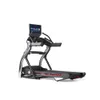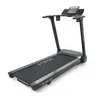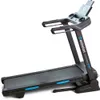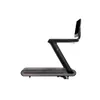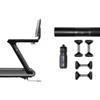7 ways to become a better treadmill runner according to a Peloton Tread instructor
Essential tips for successful treadmill running
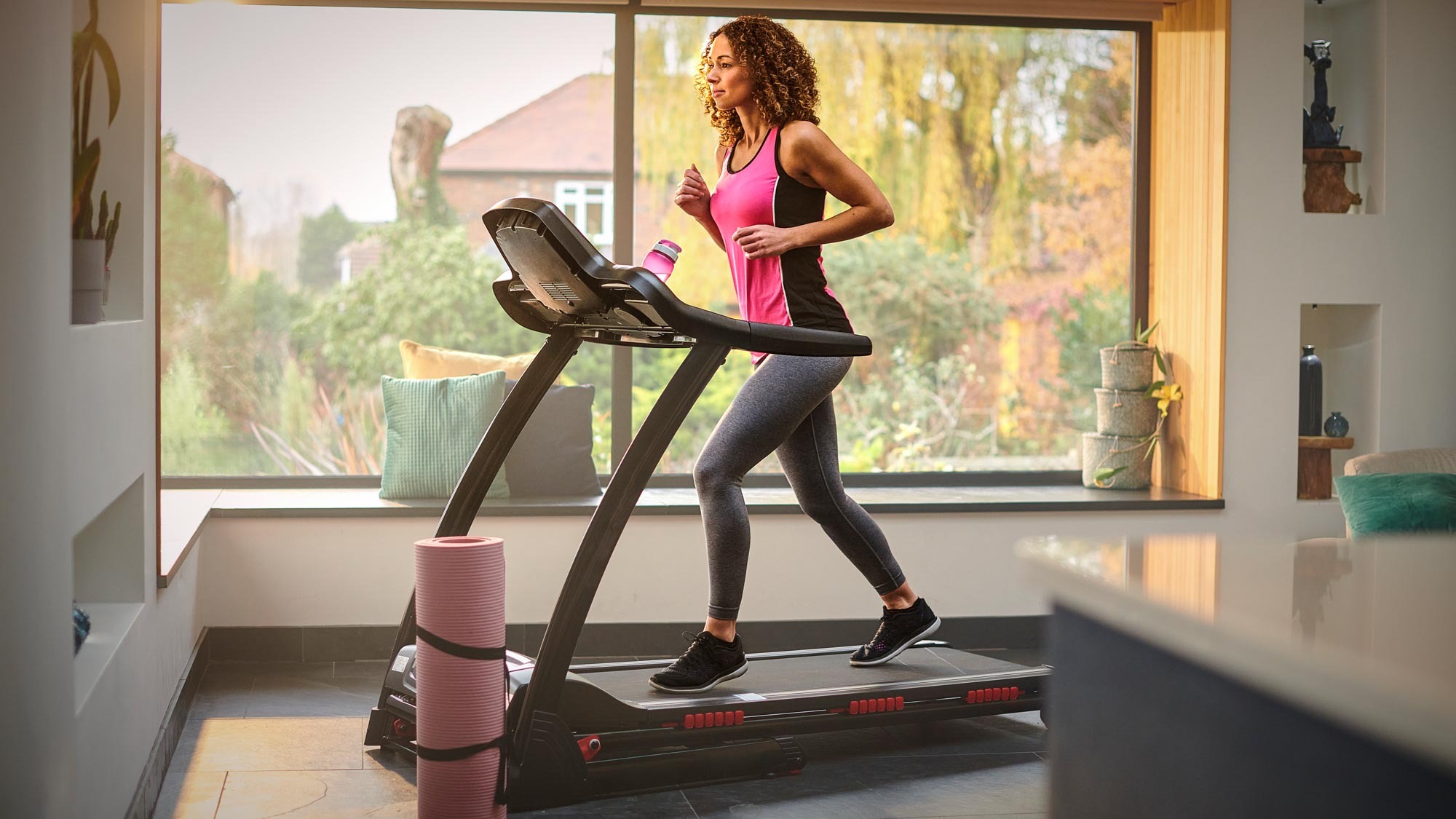
Treadmill running; most people either love it or loathe it. No matter which side of the fence you lie on when it comes to running on a treadmill vs running outside, treadmill running has its many benefits.
Getting your miles in on one of the best treadmills allows you to complete a run no matter the weather, it's a softer surface on the joints and it makes it easier to maintain a certain pace.
However, many people shy away from the treadmill due to a lack of experience with the exercise machine or simply because they find treadmill runs rather boring. To help spice up your sessions, we asked Peloton instructor Jermain Johnson for his seven top tips on how to become a better treadmill runner.

Jermaine Johnson is a Peloton Instructor and teaches tread, strength, and boxing classes from Peloton Studios London. He was previously a professional dancer and strength and conditioning coach at several boutique gyms.
7 ways to become a better treadmill runner
Want to experience successful treadmill running? Johnson is here to walk you through the steps to get you here. Before transferring these tips onto a treadmill, make sure you have a pair of the best running shoes on your feet for a more comfortable ride.
1. Gradual progression
Similar to road running or track running, making progress on the tread is best when done gradually.
"Start with a mix of walking and running intervals if you’re new to treadmill running or returning after a break," says Johnson. "Gradually increase the duration and intensity of your runs to build endurance and prevent injury."
2. Use incline
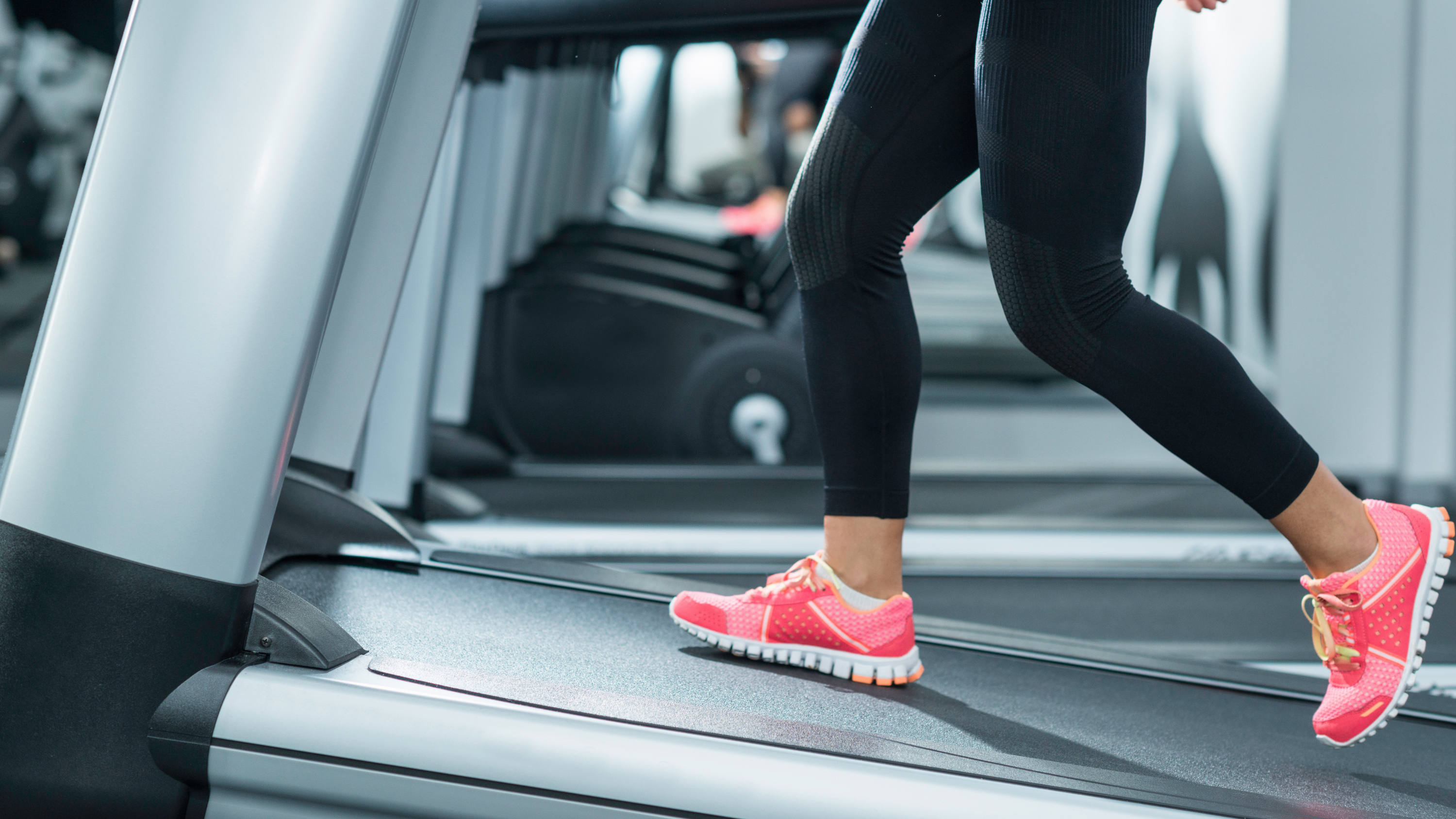
Take advantage of the treadmill’s incline feature to simulate outdoor terrain, says Johnson. "Incorporating uphill walking or running intervals can strengthen your leg muscles and improve cardiovascular fitness, essential for marathon and race preparation," he says.
Need more evidence that incline running is worth doing on a treadmill? We discussed the benefits we experienced after adding incline runs to our workout for two weeks. Let's just say that it gave the quads and glutes an awesome workout.
Sign up to get the BEST of Tom's Guide direct to your inbox.
Get instant access to breaking news, the hottest reviews, great deals and helpful tips.
3. Interval training
If you find treadmill running a slog, yet only do long steady state runs on them, then no wonder you'd rather be outside pounding the pavements. But by varying your sessions with the best treadmill workouts, you can keep things interesting.
Johnson agrees, "Mix up your workouts with interval training sessions. Alternate between periods of high-intensity running and recovery periods of walking or slow jogging. This method helps improve speed, endurance, and overall race performance."
4. Fartlek workouts
Incorporate fartlek-style workouts, which involve alternating between periods of faster running and slower recovery periods, adds Johnson. "This flexible training approach enhances both aerobic and anaerobic fitness, preparing you for various race scenarios."
If you want to learn how to run faster, fartlek training is not one to miss and is another way to spice up your tread running.
5. Cross-training
Johnson suggests supplementing your treadmill running with cross-training activities like hiking.
"Hiking on an incline or at varying speeds engages different muscle groups and improves overall strength and endurance, translating to better performance in marathons and races; hiking classes on the Peloton Tread are great options for this."
6. Focus on form
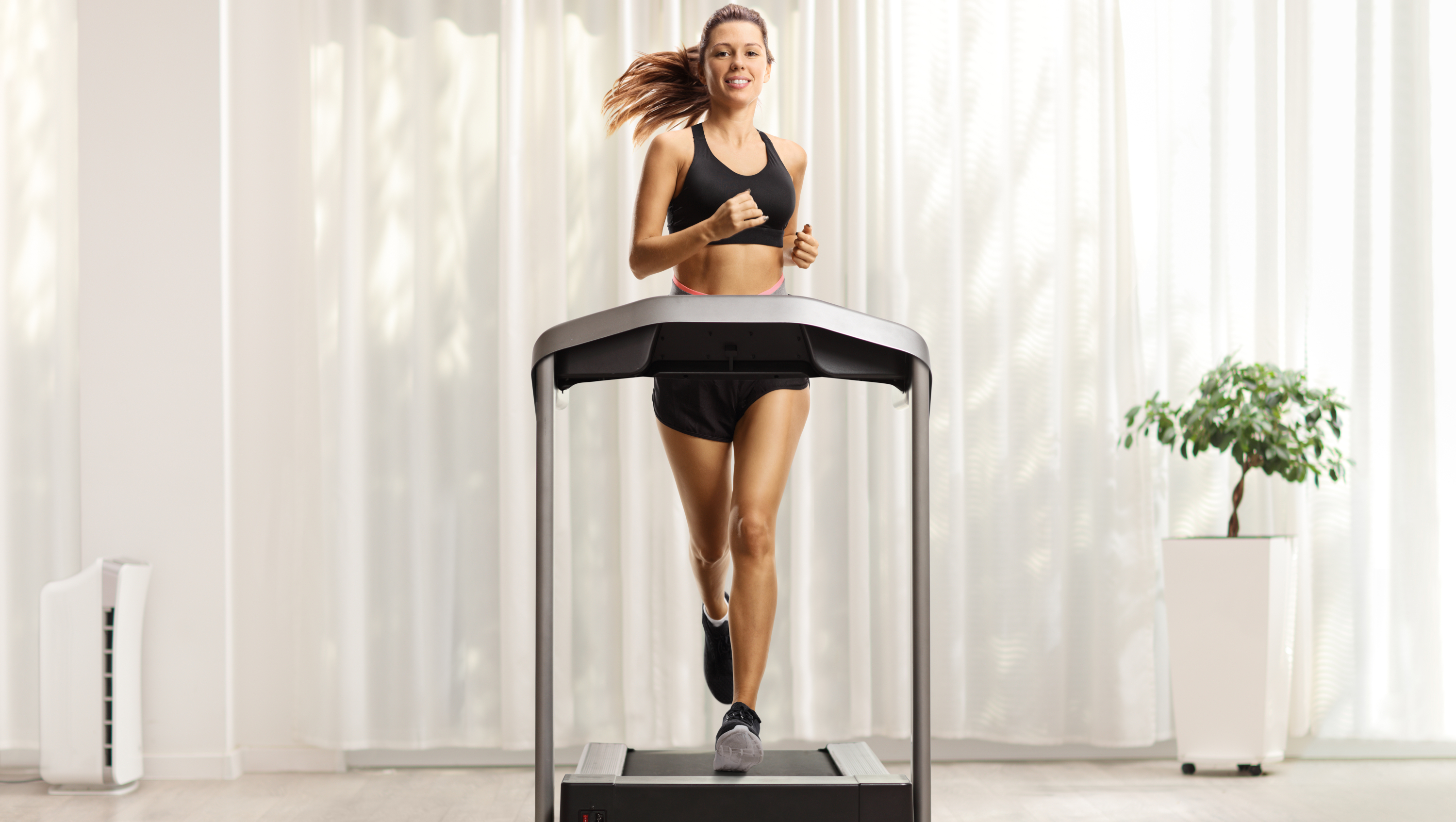
Form is important on and off the treadmill.
Take on board these simple but effective notes on form from Johnson: "Maintain good posture, engage your core muscles, and land softly on your feet to reduce the risk of injury and optimize efficiency, crucial for long-distance running success."
7. Track your progress & don't forget rest
Finally, "use the treadmill’s built-in metrics to track your progress over time, such as distance covered, pace, and incline," advises Johnson.
"Additionally, listen to your body and adjust your workouts accordingly to prevent burnout or overtraining. Rest and recovery are just as important as training sessions for achieving peak performance and a holistic sense of well-being."
More from Tom's Guide
- Can running give you abs?
- Best under-desk treadmills 2024
- 7 full-body strength exercises you can do on a treadmill

Jessica has been a fitness writer at Tom’s Guide since 2023, bringing three years of experience writing about health, fitness, and the great outdoors. Her passion for exercise began during her childhood, where she spent weekends hiking and competing in local athletics club events. After earning a master’s degree in journalism from Cardiff University, Jessica found the perfect way to combine her love of storytelling and fitness into a career.
Jessica is passionate about testing fitness gear and tech, using her reviews to help readers make informed buying decisions. She ran her first marathon in April 2024, finishing it in 3 hours and 48 minutes. Through her training, she’s developed a deep understanding of what it takes to grow as a runner, from effective workouts and recovery techniques to selecting the right gear for every challenge.
When she’s not at her desk, Jessica enjoys spending time in the kitchen crafting new recipes, braving cold water swims and hiking.

